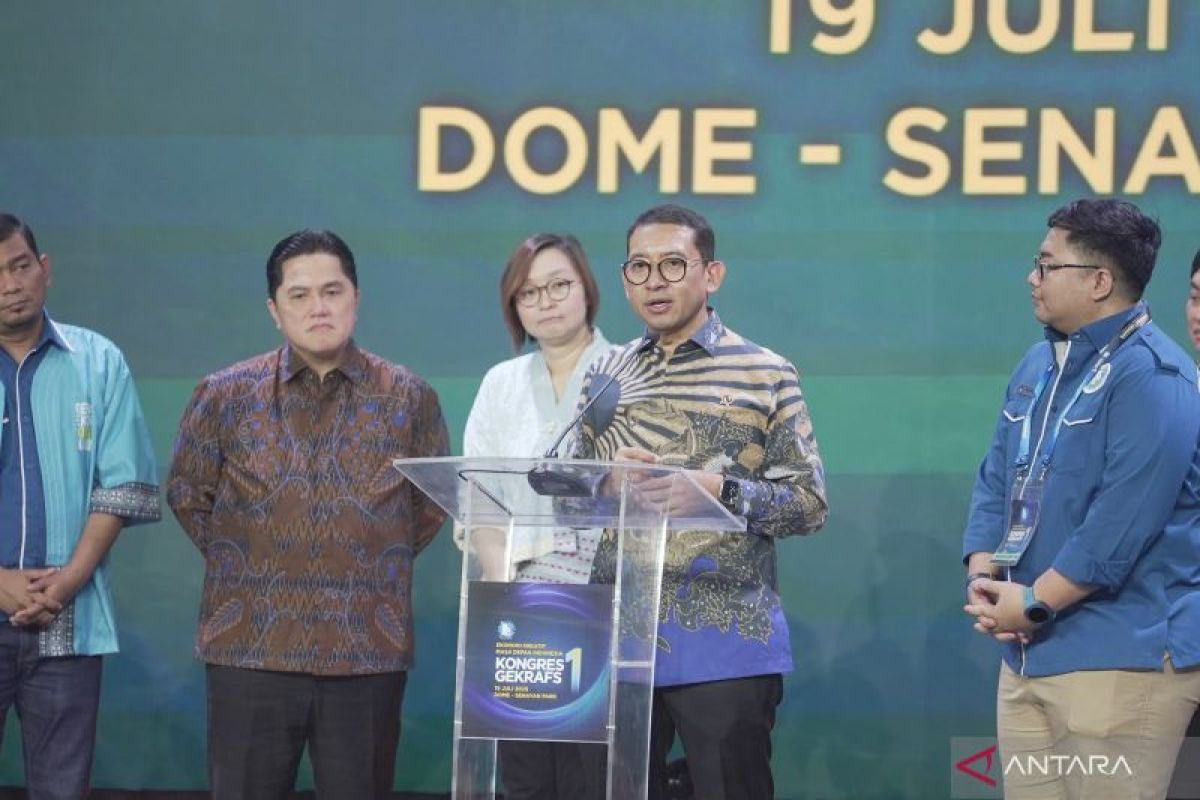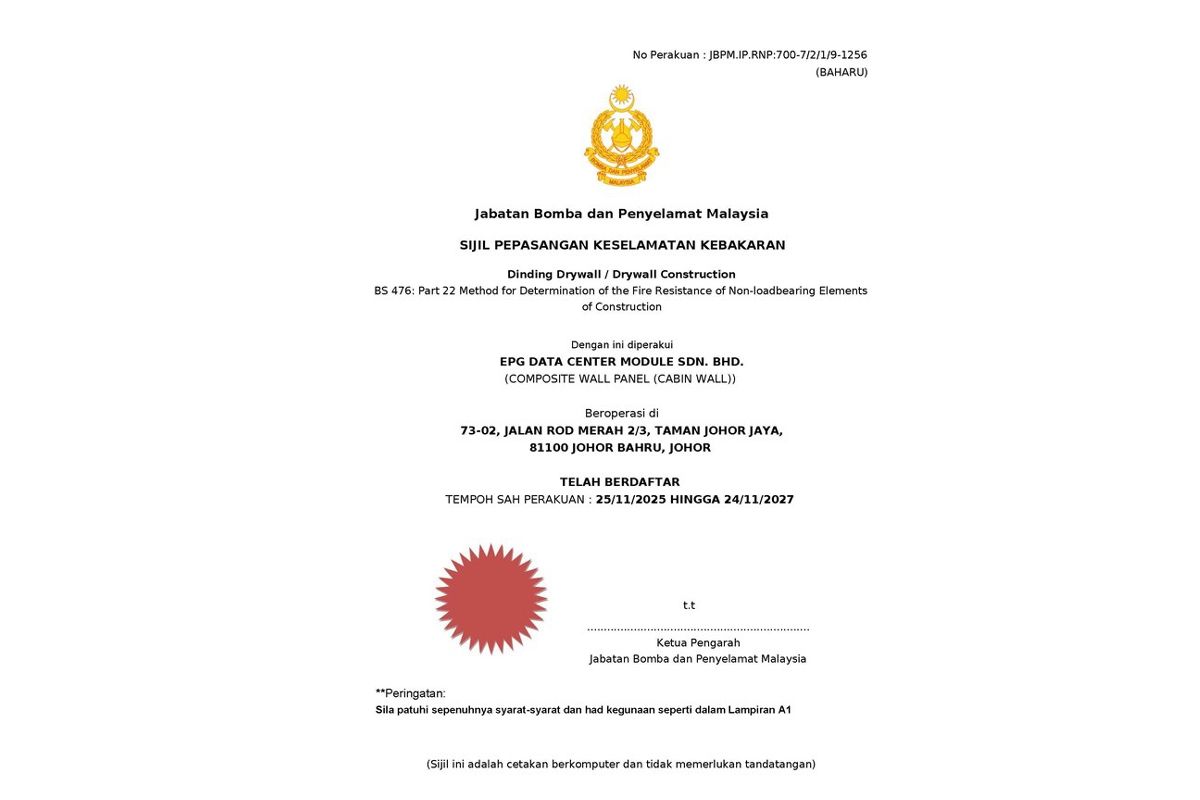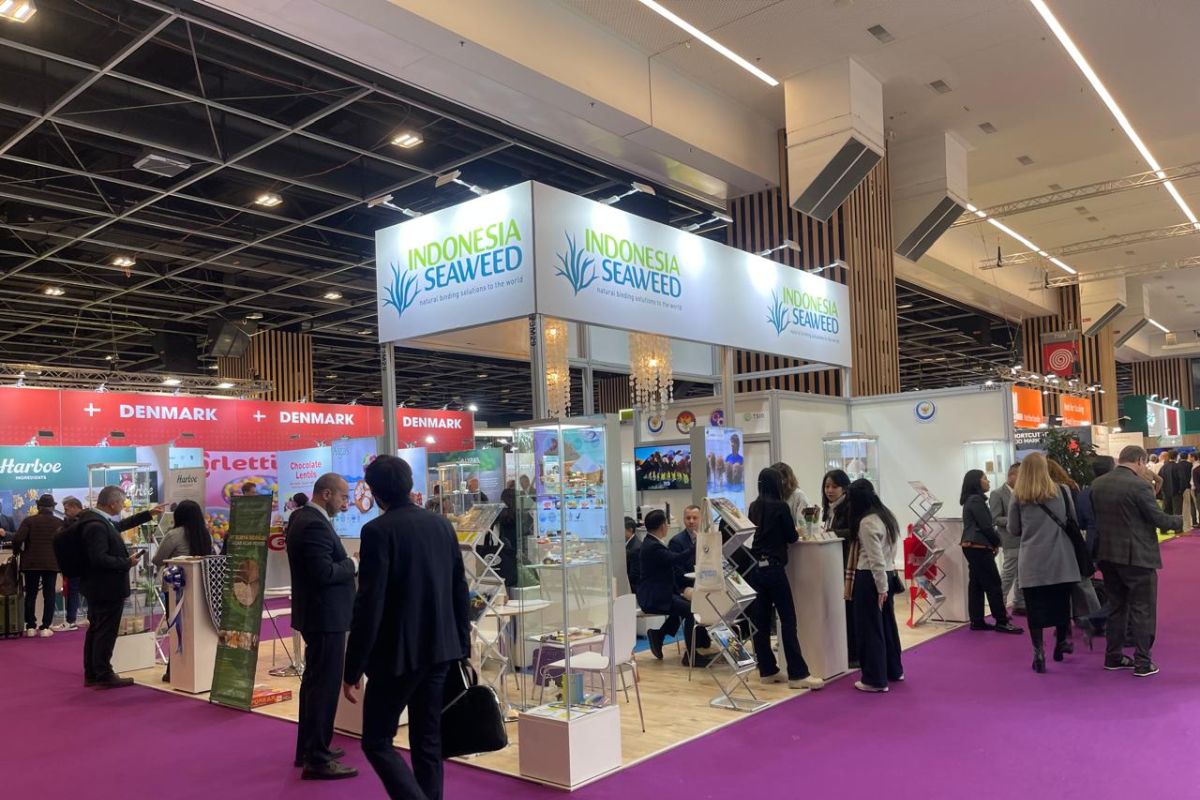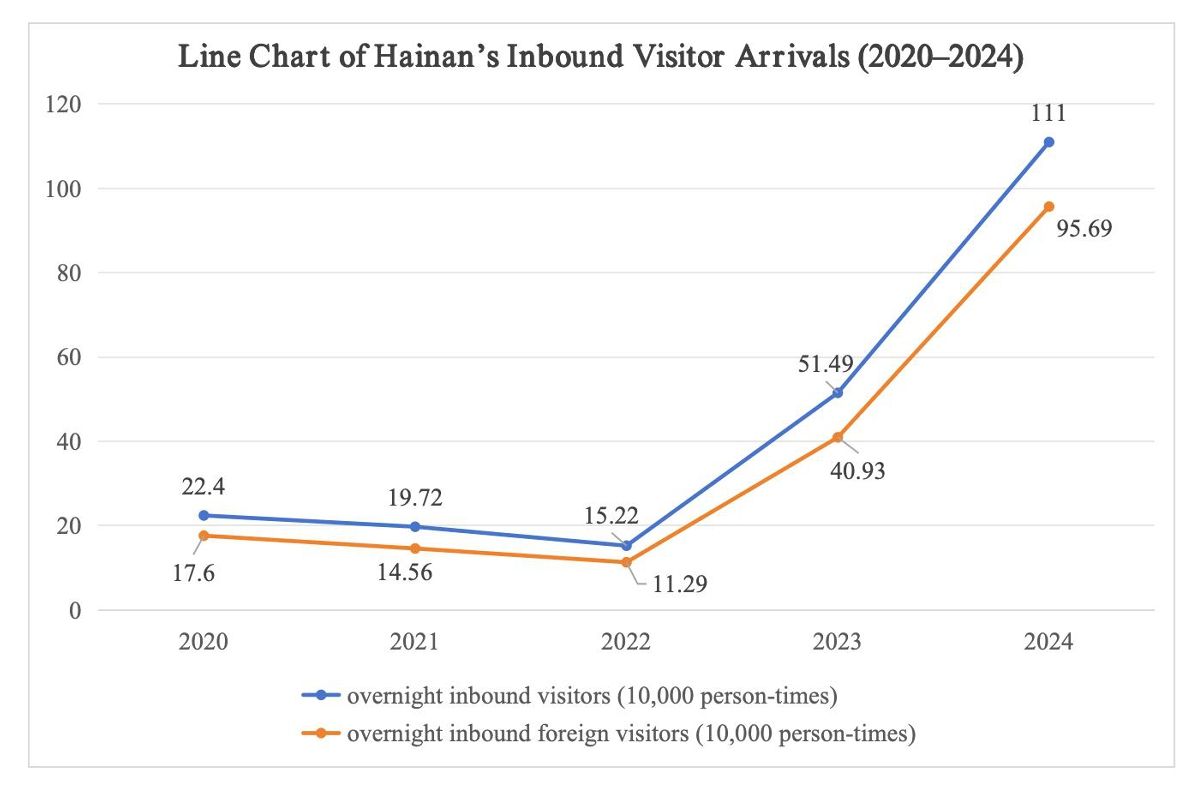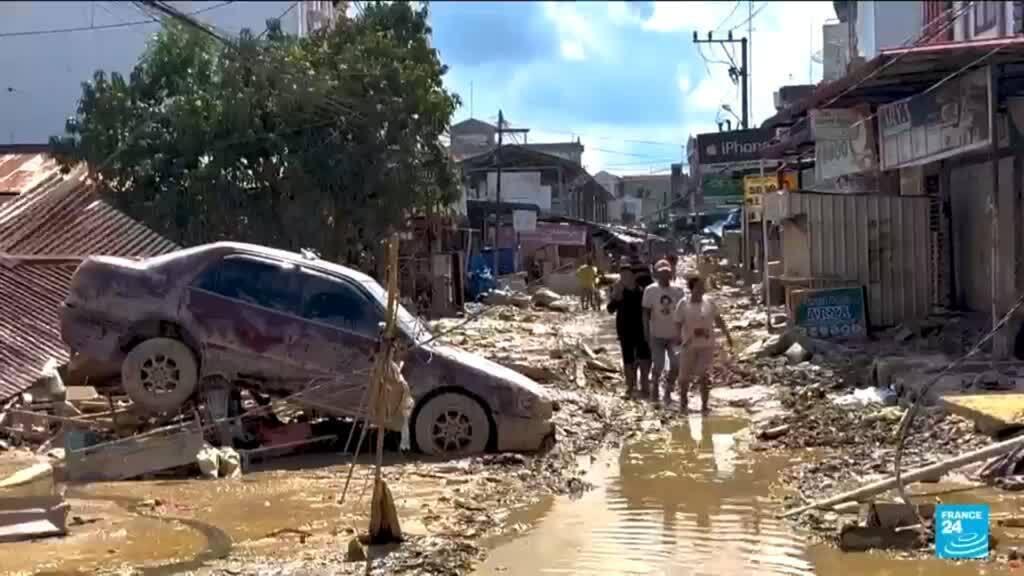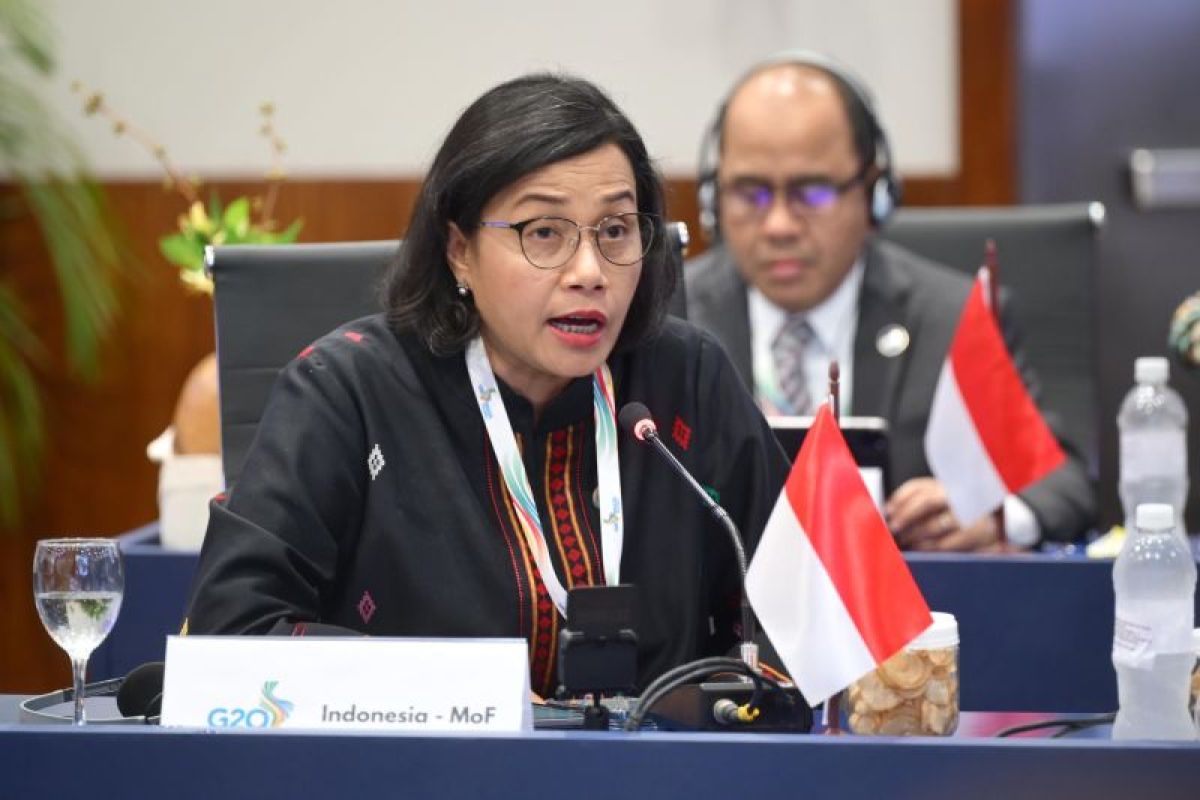“Our culture is incredibly rich, as seen in the pacu jalur tradition that recently went viral. Hopefully, we can build a strong bridge between culture and other sectors such as the creative economy, tourism, MSMEs, and cooperatives,” Fadli said in a statement received in Jakarta on Saturday.
Speaking at the first Congress of the National Creative Economy Movement (Gekrafs), Fadli emphasized that Indonesia’s cultural wealth can serve as a form of soft power to advance both the creative economy and national culture.
“Culture can be a powerful tool of soft power. This soft power should be harnessed collectively to ignite a nationwide movement — what we might call the ‘Indonesian Wave,’” he added.
Fadli also expressed hope that the Gekrafs congress would mark the beginning of cross-sectoral collaboration, positioning culture as one of the driving forces of Indonesia’s creative economy.
Related news: Creative economy new face of development: ministry
According to him, culture and the creative economy form an inseparable ecosystem.
The National Creative Economy Movement, or Gekrafs, is a key driver of Indonesia’s creative economy, focusing on the development of 17 creative sub-sectors that are seen as pillars of the future economy.
Gekrafs is committed to advancing Indonesia’s creative economy through legal protections, cultural promotion, and collaboration among creative workers, government, and the private sector.
The presence of Gekrafs is expected to become a locomotive for creative economy players across various sectors, especially culture. Minister Fadli expressed hope that the congress would help cultivate Indonesia’s largest ecosystem of cultural and creative industries, with active participation from the younger generation.
Related news: Indonesia to ease financing access for creative MSMEs
Related news: Indonesia, France seek stronger creative economy, culture ties
Translator: Sinta, Azis Kurmala
Editor: M Razi Rahman
Copyright © ANTARA 2025

